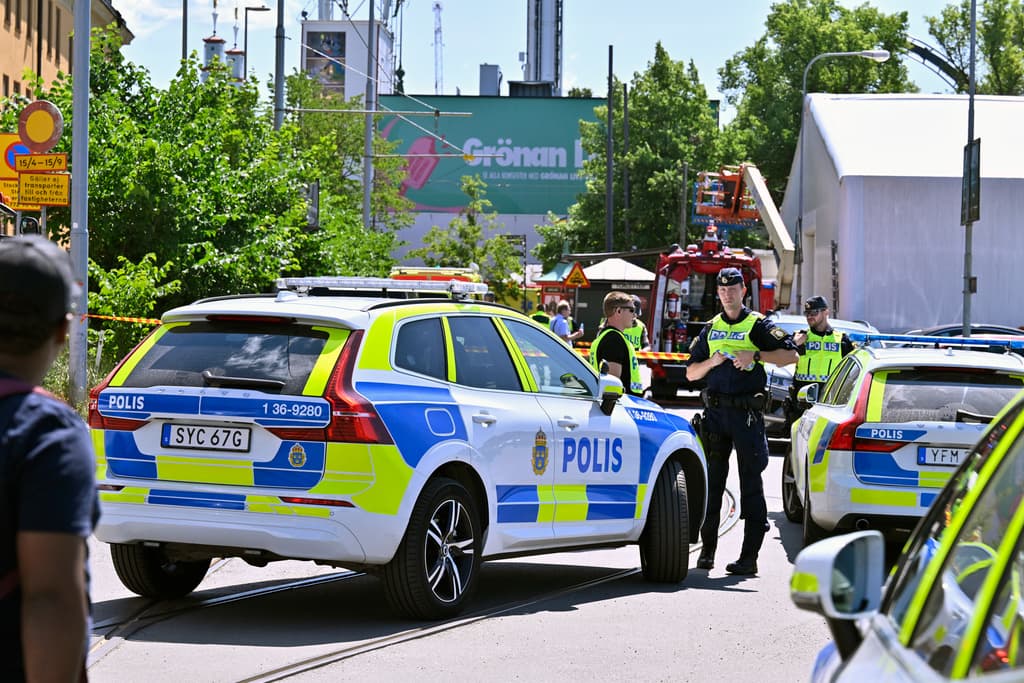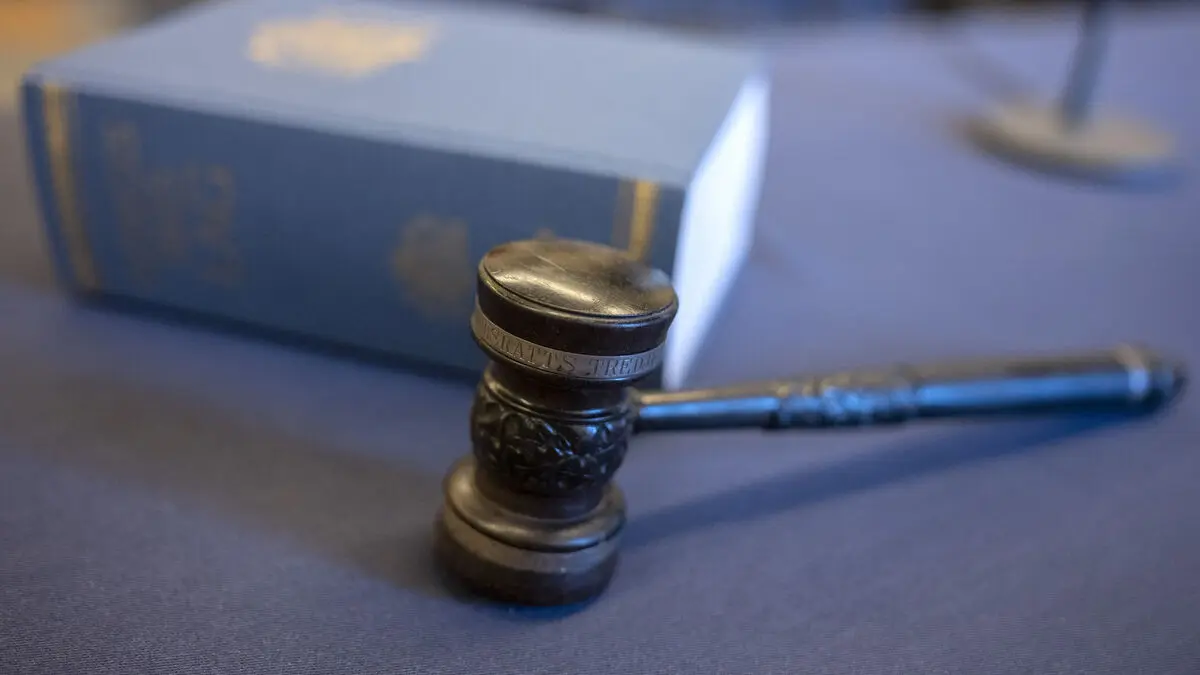Gröna Lund has received harsh criticism from the Accident Investigation Authority for the accident in which a woman died and several were injured.
The park failed in several ways and thereby contributed to the accident, according to SHK.
Overall, it was a combination of deficiencies in ordering, manufacturing, and control of the arm that led to the accident, says John Ahlberk, Director-General of SHK, at a press conference.
The accident occurred on 25 June last year, when the Jetline rollercoaster partially derailed after the arm on the underside of the front car broke. The arm's parts with wheels on either side of the train came loose and fell off.
This created powerful braking forces when the carriage's undercarriage sank towards the track, and struck the bank structure.
Three fell out
Three passengers fell out of the carriages as a result of the braking forces. A woman in her 30s who was thrown out and fell over ten metres to the ground was so severely injured that she died. Nine other people were injured.
The Accident Investigation Authority identifies three causes that directly contributed to the accident.
Firstly, Gröna Lund's ordering of the new arm, which was done in 2019, was poor in several ways. Among other things, they failed to provide the manufacturer with important information about the requirements for the arm. There was also a lack of information about how the welding work should be carried out.
Another cause was deficiencies on the part of the manufacturer, including poor welding and incorrect processing of the material. This contributed to the arm having too low strength and being able to break in the way it did.
Failed in several ways
Finally, Gröna Lund also failed in its work on controlling the arm, both during manufacturing and before the train was put into operation.
The technique used for control was only sufficient to detect superficial cracks in the material. The controls were therefore not sufficient to detect the deficiencies and deviations that existed. Further control measures would have been needed from Gröna Lund's side to ensure safety, says John Alberk.
The authority has also examined the carriage's safety bars, which gave way during the accident. They were manufactured in accordance with industry standards. According to SHK, they are not designed to handle the forces that arose during the accident.
This contributed to the severe consequences. This means that we believe there is reason to consider whether the requirements for passenger restraint in rollercoasters need to be changed, says Alberk.
We recommend that the entire industry take part in our final report and draw the conclusions they need about the safety bars.





